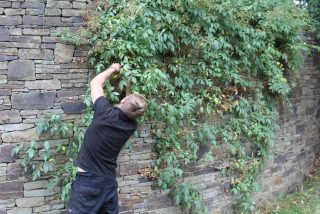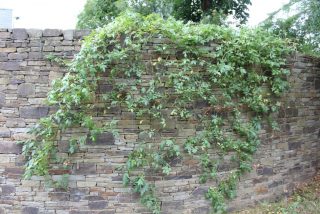Pruning Once-Flowering Roses
Once-flowering roses bloom on previous year’s growth. This group of roses comprises old-fashioned roses such as alba, gallica and damask roses as well as ramblers. Once the abundant flowers have faded in July, the roses need to be pruned. This is a balancing act between pruning them hard enough but not too hard: over-pruning would reduce their impact, under-pruning might result in an untidy, gangly plant the following year.
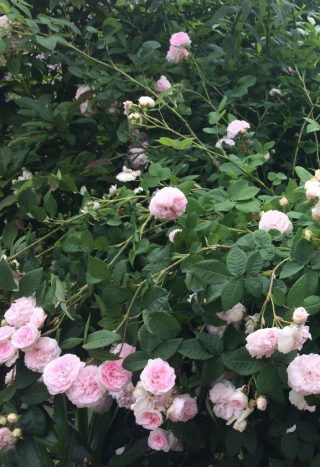
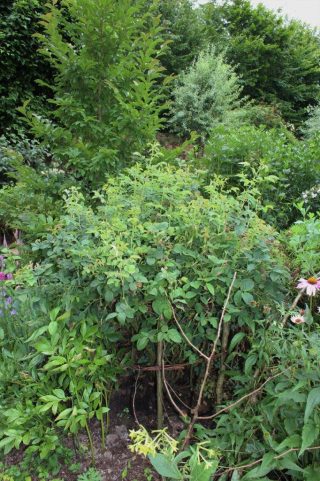
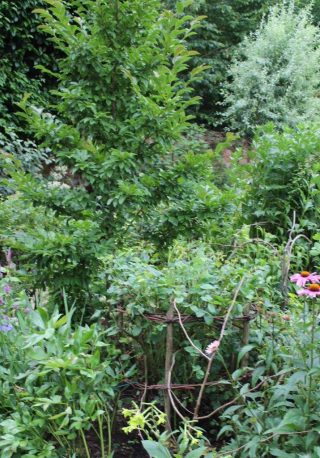
Next year, in the early spring, any dead or diseased wood will be removed, but the length of the shoots will remain unchanged.
The same principle is applied to rambling roses such as ‘Cedric Morris’.
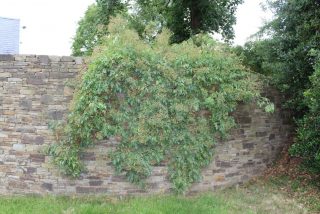
Throughout spring, rambling roses produce many strong new shoots which will flower in the following year. A lot of this year’s flowering shoots can therefore be removed, and the new, strong growth tied to the wall in their stead. Thus, the rose is rejuvenated.
